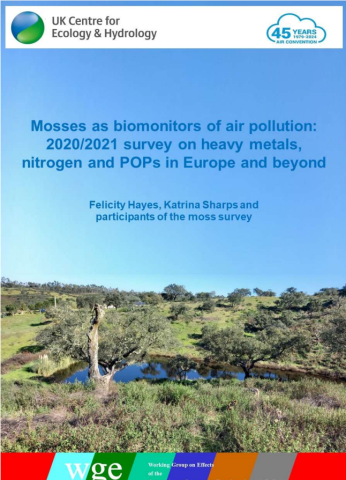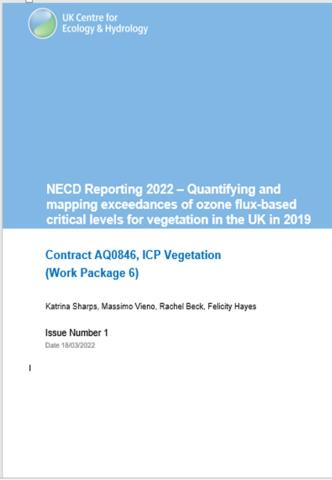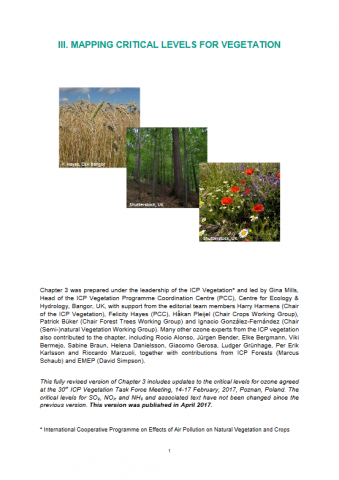| Title | Heavy metal and nitrogen concentrations in mosses are declining across Europe whilst some "hotspots" remain in 2010 |
| Publication Type | Journal Article |
| Year of Publication | 2015 |
| Authors | Harmens H., Norris D.A, Sharps K., Mills G., Alber R., Aleksiayenak Y., Blum O., Cucu-Man S.M, Dam M., De Temmerman L., Ene A., Fernandez J.A, Martinez-Abaigar J., Frontasyeva M., Godzik B., Jeran Z., Lazo P., Leblond S., Liiv S., Magnusson S.H, Mankovska B., Karlsson G.P, Piispanen J., Poikolainen J., Santamaria J.M, Skudnik M., Spiric Z., Stafilov T., Steinnes E., Stihi C., Suchara I., Thoni L., Todoran R., Yurukova L., Zechmeister H.G |
| Journal | Environmental Pollution |
| Volume | 200 |
| Pagination | 93-104 |
| Date Published | May |
| ISBN Number | 0269-7491 |
| Accession Number | WOS:000353097300011 |
| Keywords | heavy metals, nitrogen |
| Abstract | In recent decades, naturally growing mosses have been used successfully as biomonitors of atmospheric deposition of heavy metals and nitrogen. Since 1990, the European moss survey has been repeated at five-yearly intervals. In 2010, the lowest concentrations of metals and nitrogen in mosses were generally found in northern Europe, whereas the highest concentrations were observed in (south-)eastern Europe for metals and the central belt for nitrogen. Averaged across Europe, since 1990, the median concentration in mosses has declined the most for lead (77%), followed by vanadium (55%), cadmium (51%), chromium (43%), zinc (34%), nickel (33%), iron (27%), arsenic (21%, since 1995), mercury (14%, since 1995) and copper (11%). Between 2005 and 2010, the decline ranged from 6% for copper to 36% for lead; for nitrogen the decline was 5%. Despite the Europe-wide decline, no changes or increases have been observed between 2005 and 2010 in some (regions of) countries. (C) 2015 Elsevier Ltd. All rights reserved. |
| Alternate Journal | Environ Pollut |


